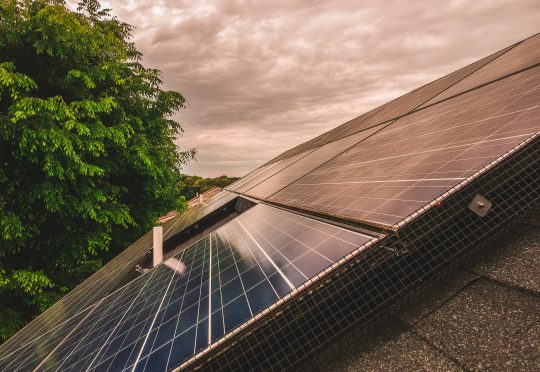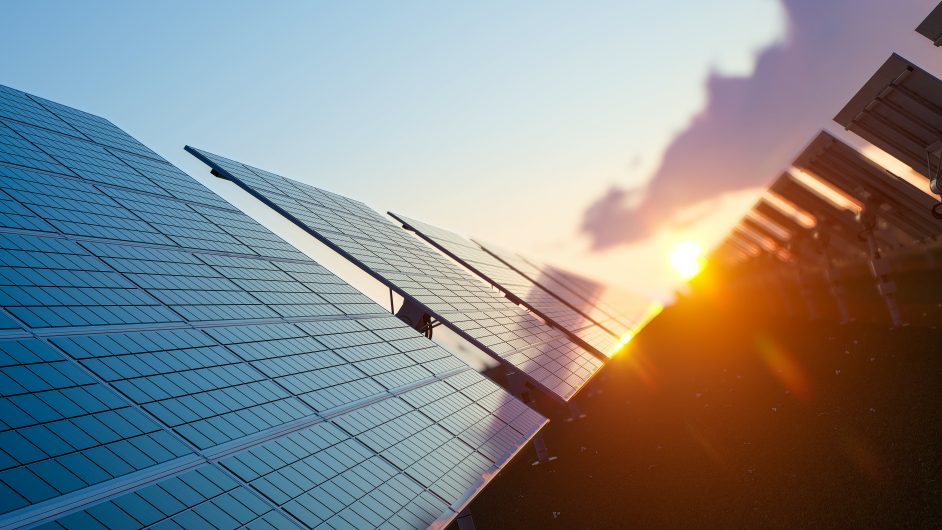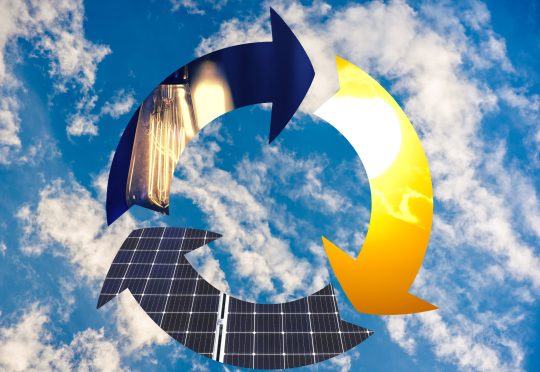
Are you considering making the jump to solar energy but have heard some negative things about it? You probably have a few questions, such as if it’s really worth the investment or if your area has enough sunlight for it to work. With all the myths circulating about solar power, it can be tricky separating fact from fiction – so let’s take a deep dive into these common misconceptions and debunk them one by one. We’ll explore why investing in solar power is not only cost-effective but also one of the easiest ways to reduce your carbon footprint.
1. Solar panels will damage your roof
Some people hesitate to invest in solar because of the potential for damage to their roof. As with installing anything, damage is possible but it is extremely rare when installing solar panels. Most occurrences of roof damage occur doing DIY installations that don’t follow proper requirements.
Working with a certified solar installer ensures your roof stays in top condition. Unfortunately, stories of roof damage post-solar installation are typically caused by either an inadequate job or when the initial rooftop had significant issues prior to work being done.
Once installed, solar panels actually help protect your roof by shielding your shingles from the elements. The portion of the roof that the panels cover has an extra layer of protection from UV rays, hail, and other elements.
2. Solar is too expensive
According to a 2022 survey, 60% of homeowners were in agreement that solar panels are too expensive. The cost was also the primary reason why homeowners said they would not consider installing them.
While solar installation isn’t cheap, the cost has dropped dramatically in the past two decades. There are several financing options available, plus local, state and federal tax incentives and rebates to combat the initial cost of installation.
The ROI is also key when it comes to factoring in the cost – it’s important to view solar through the lens of an investment over time. As the cost of electricity is rising, many homeowners are finding that going solar is well worth it.
3. Solar only works when the sun is shining
While it’s true that solar panels are most efficient and productive when they are getting direct sunlight on sunny days, they can use both direct and indirect sunlight to generate power. This means that they can still be functional on cloudy days, just generating less electricity. Research shows that solar panels typically generate 10 to 25% of their standard output on cloudy days.
4. Solar panels don’t work well in cold climates
A common misconception is that solar panels do not work in the winter – which could be problematic for homeowners in locations with long, snowy winters. The cold temperature actually helps improve solar panel output. The snow reflects lights and helps improve panel performance. The only issue that will interfere with production is if the panels are covered with snow, but it’s easy to clean them with the right equipment.
5. Solar requires a lot of maintenance
The last thing any homeowner wants to commit to is something for their home that requires a significant amount of maintenance. Solar systems are built with durable equipment, and are made to last 25-30 years with minimal upkeep. The main maintenance required is the removal of dirt and debris that accumulate on the surface, and annual inspections are recommended to stay ahead of any issues with your system.
6. Solar panels decrease home value
According to a Zillow study, homes with solar panels sell for four percent higher than those without them. In addition, 80% of buyers today are looking for solar panels and other energy efficient upgrades when house hunting. The exact amount that solar panels can increase a home’s value depends on several factors, including the size of the system, the local real estate market, and location of the home. However, in general the answer to do solar panels increase home value is a yes.
7. Only homeowners can go solar
There are several ways to utilize solar as a renter or business owner, but the best and probably most common way is to join a community solar program. You can access clean, renewable energy even if you don’t own your home or live in an apartment – with community solar. These systems are commonly found offsite and allow people to invest in a share of the array or simply pay monthly fees for access to its sustainable power output.
Without being a homeowner, you can’t take advantage of solar incentives. However, joining a community solar project is still an effective way to reduce your electricity bill and carbon footprint.
8. Solar panels aren’t aesthetically pleasing
Solar power has come a long way! Gone are the days of the bulky, unsightly solar panels that detract from your home’s aesthetic. Some companies will even go above and beyond by creating one-of-a-kind styles that fit any roofline – allowing you to bring your vision to life while taking advantage of solar power.
9. Solar panels are not efficient enough
When homeowners hear the statistic that solar panels have an efficiency rate of 20-22%, a lot become discouraged that they’re not strong enough to power their homes and question – why isn’t efficiency at 100%?
The truth is, it doesn’t need to. In just one and a half hours, the sun produces more electricity than what is used throughout the entire year combined. Solar panels offer homeowners dependable green energy at competitive prices.


